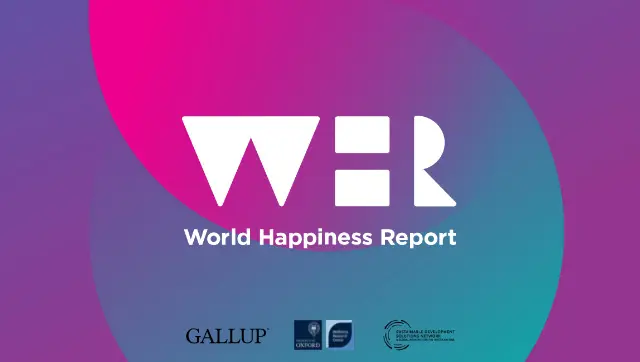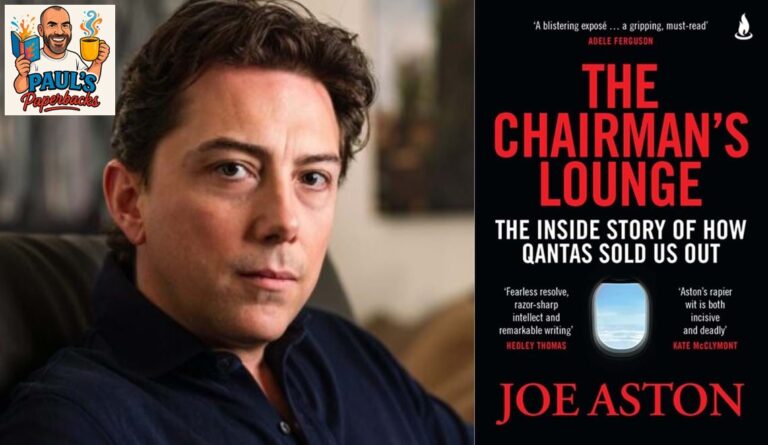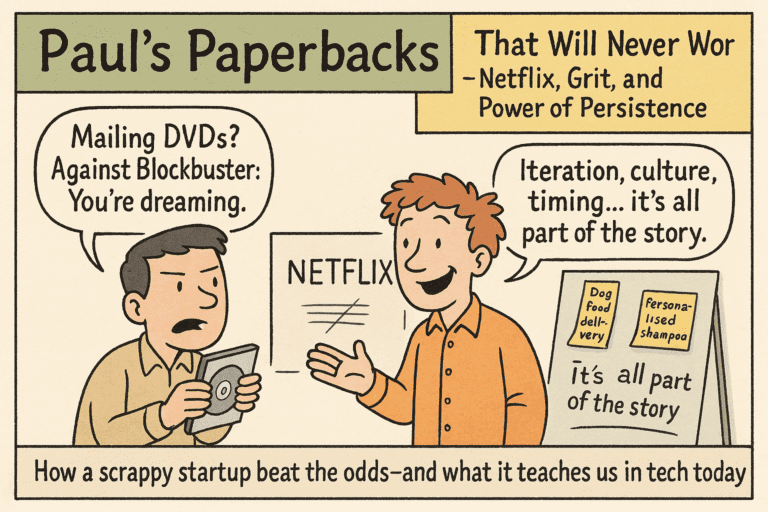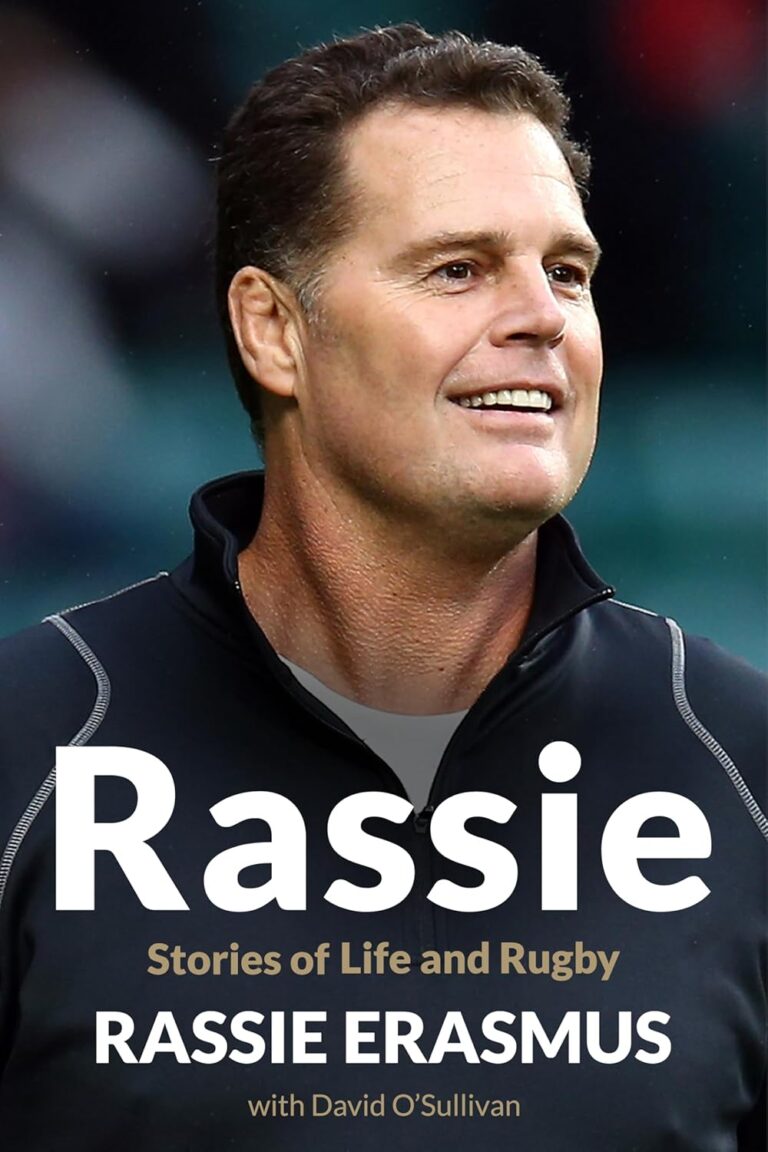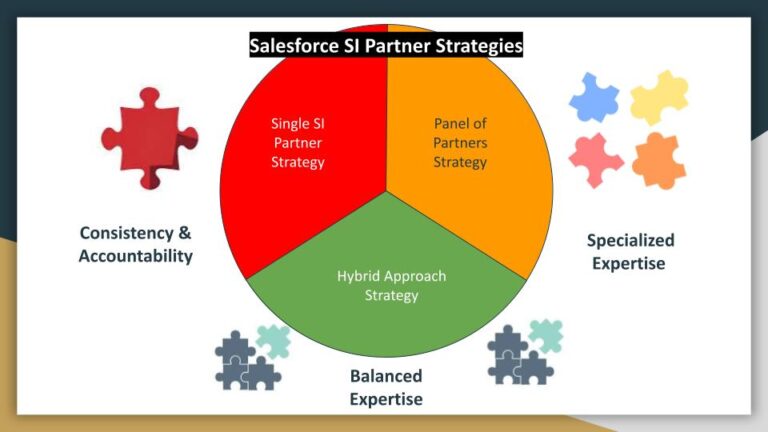“Where was the caring in leaving children without meals? Where was the excellence in serving food unfit for purpose?”
Just off a Qantas flight that felt more “Spirit of Squeezed Sardine” than “Spirit of Australia,” I couldn’t shake the disconnect between my lived experience and the airline’s stated values of safety, caring, integrity, and excellence.
As I’ve been reading Joe Aston’s The Chairman’s Lounge, that disconnect has come into sharper focus. The book doesn’t just explain what’s gone wrong—it reveals how the pursuit of EBITDA and adjusted earnings has gradually reshaped Qantas into something unrecognisable.
My review explores the flight, the facts, and the bigger question facing all businesses:
👉 What happens when financial metrics trump human experience?
💭 Read it now on pauldobinson.com.



